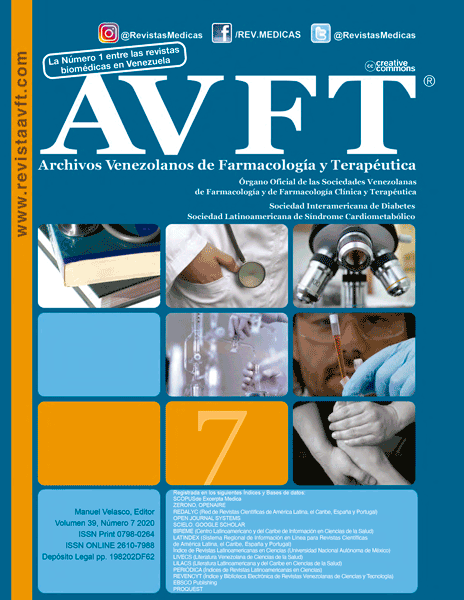Comprehensive assessment of the carcinogenic risk to adolescent health of chemicals
Keywords:
comprehensive assessment of carcinogenic risk in adolescentsAbstract
The value of total carcinogenic risk on peroral, inhalation and dermal routes of entry for the adolescent population in all zones under study corresponded to high risk level, the highest values being observed in the 1st zone (the Kirovsky district), and the lowest ones in the 4th zone (the Privolzhsky district). The priority routes of carcinogen entry into the human body were peroral and inhalation routes. Foods and drinking water, as well as atmospheric air were revealed to be the leading substance transport media in forming individual carcinogenic risk. The major carcinogens forming risk were lead (1.36Е-04), chloroform (1.20Е-04) and cadmium (7.09E-04) entering with water and arsenic (8.38Е-05) – with soil. The leading position among atmospheric air carcinogens in all city zones under study belonged to soot (5.51Е-04). The priority pollutant present in foods and defining carcinogenic health risk was lead (2.02E-03). Complex assessment of carcinogenic risk in case of multimedium routes of the chemicals’ entry showed that there was a risk of developing carcinogenic effects for the adolescents’ health on daily intake of contaminants, which made TНCR=0.01632.




